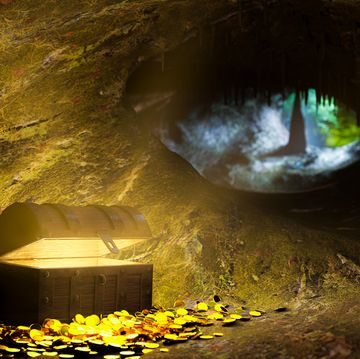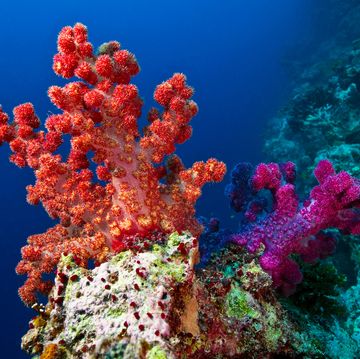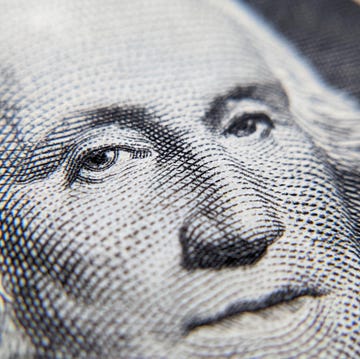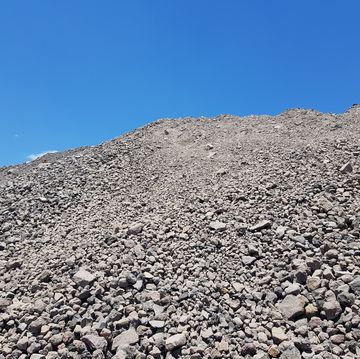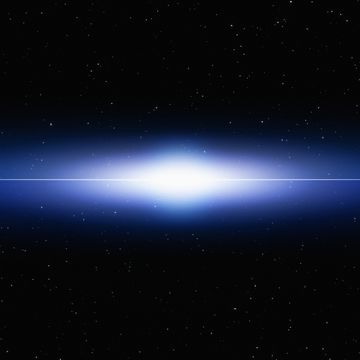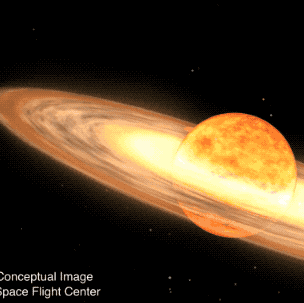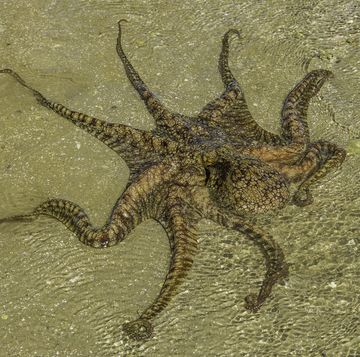- The first North American native tribe to deposit seeds in the Svalbard "Doomsday Vault" is the Cherokee Nation.
- The remote Svalbard Vault in Norway acts as a nature preserve and military resource.
- Cherokee contributions include sacred varieties from before colonists arrived in America.
The Cherokee Nation has become the first North American indigenous group to store seeds in the Svalbard Global Seed Vault, nestled in Norway's far, far northern region. The Svalbard Vault is the most secure and remote doomsday vault in the world, and the Cherokee seeds will join a depository that dates back to 1984.
The Svalbard Vault is administered by NordGen, the Nordic Genetic Resource Centre. By the end of 2018, the Vault held 983,524 samples. This huge resource is the result of decades of work, first by the Nordic Gene Bank and then by the NordGen supergroup that formed from the Gene Bank, plus two other groups. Just 800 miles from the North Pole, the fortress-like Vault is safe, isolated, and naturally refrigerated.
Svalbard itself is a group of islands marked by, for example, the northernmost settlement where civilians are permanent residents. But its location has made it a popular place for archaeological digs and military bases, including an infamous Nazi base. The location is ideal for refueling, making weather measurements, and other strategic aims. In the 2014 game 80 Days, you can travel through Svalbard and end up on a doomed expedition to the North Pole.
The remote islands are part of Norway, and mainland Norway’s entire northern half is a single territory, about as densely populated as North Dakota, where many traditional and indigenous people live. Preserving traditional and indigenous seeds from Europe and around the world is a big part of the Svalbard Vault’s mission, and extending it into the Native American tribes of North America is a big step.
The tribe has sent nine samples to the Svalbard Vault. These include varieties that predate the arrival of European colonizers and that the Cherokee consider sacred. For the Cherokee to share these seeds is already a big deal, but the overall idea of the Svalbard Vault is to help preserve viable examples for as long as possible—the sacred seeds will be saved and protected for generations.
In fact, the people who oversee the Vault are quick to emphasize that the “Doomsday Vault” reputation they have in the media has never been their desired claim to fame, or even their most common use case. The reality is much more prosaic: Organizations and universities around the world collect and study seeds of all kinds, and sometimes these facilities are destroyed, damaged, or just tainted. Having a global depository to back up the regional ones is just good sense—it’s a Federal Deposit Insurance Corporation for seeds.
This is exactly why the Cherokee decided to add their seeds to the Vault. The Cherokee Nation’s senior director of environmental resources, Pat Gwin, said the biggest threat is tornadoes. “If we have a large-magnitude tornado, our crops that we’ve worked so hard to preserve could be wiped out at the stroke of a tornado,” he told Modern Farmer. Indeed, Modern Farmer says most seeds are first backed up in regional banks and then leveled up to Svalbard.
Yes, someday, the human species could need to “rebuild” the entire world following an apocalyptic event. But the tornadoes that the Cherokee Nation fears are much more likely, and there’s an even more horrible everyday use case. The only “withdrawal” to date has been induced by the Syrian Civil War.

Caroline Delbert is a writer, avid reader, and contributing editor at Pop Mech. She's also an enthusiast of just about everything. Her favorite topics include nuclear energy, cosmology, math of everyday things, and the philosophy of it all.


